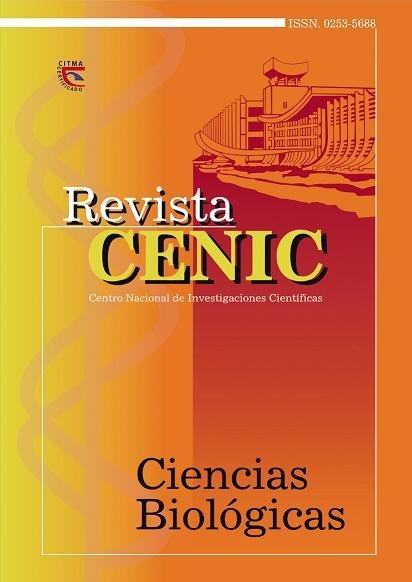ELECTROENCEPHALOGRAPHY
Abstract
Brain coherence is interpreted as the degree of synchrony between two or more brain regions with respect to theirfrequency values. In a practical way, it has proven to be useful for the evaluation of the functional connections
between the different brain areas, either during the resting state or during cognitive processing. Structurally,
coherence is thought to be mediated by short and long cortico-cortical association fibers, as well as
cortico-subcortical fibers. In this regard, the independent affectation of these types of fibers in dementia-type
pathologies has been demonstrated. Thus, for example, an affectation of the corticosubcortical association fibers
in Multi-infarct Dementia (MID) has been reported against an affectation of the long cortico-cortical association
fibers in Alzheimer's Dementia (AD). Through the coherence analysis it is possible to discriminate between these
two pathologies with 90% certainty.
Downloads

Downloads
Published
How to Cite
Issue
Section
License

This work is licensed under a Creative Commons Attribution-NonCommercial-ShareAlike 4.0 International License.
Los autores que publican en esta revista están de acuerdo con los siguientes términos:
Los autores conservan los derechos de autor y garantizan a la revista el derecho de ser la primera publicación del trabajo al igual que licenciado bajo una Creative Commons Atribución-NoComercial-CompartirIgual 4.0 Internacional que permite a otros compartir el trabajo con un reconocimiento de la autoría del trabajo y la publicación inicial en esta revista.
Los autores pueden establecer por separado acuerdos adicionales para la distribución no exclusiva de la versión de la obra publicada en la revista (por ejemplo, situarlo en un repositorio institucional o publicarlo en un libro), con un reconocimiento de su publicación inicial en esta revista.
Se permite y se anima a los autores a difundir sus trabajos electrónicamente (por ejemplo, en repositorios institucionales o en su propio sitio web) antes y durante el proceso de envío, ya que puede dar lugar a intercambios productivos, así como a una citación más temprana y mayor de los trabajos publicados (Véase The Effect of Open Access) (en inglés).














